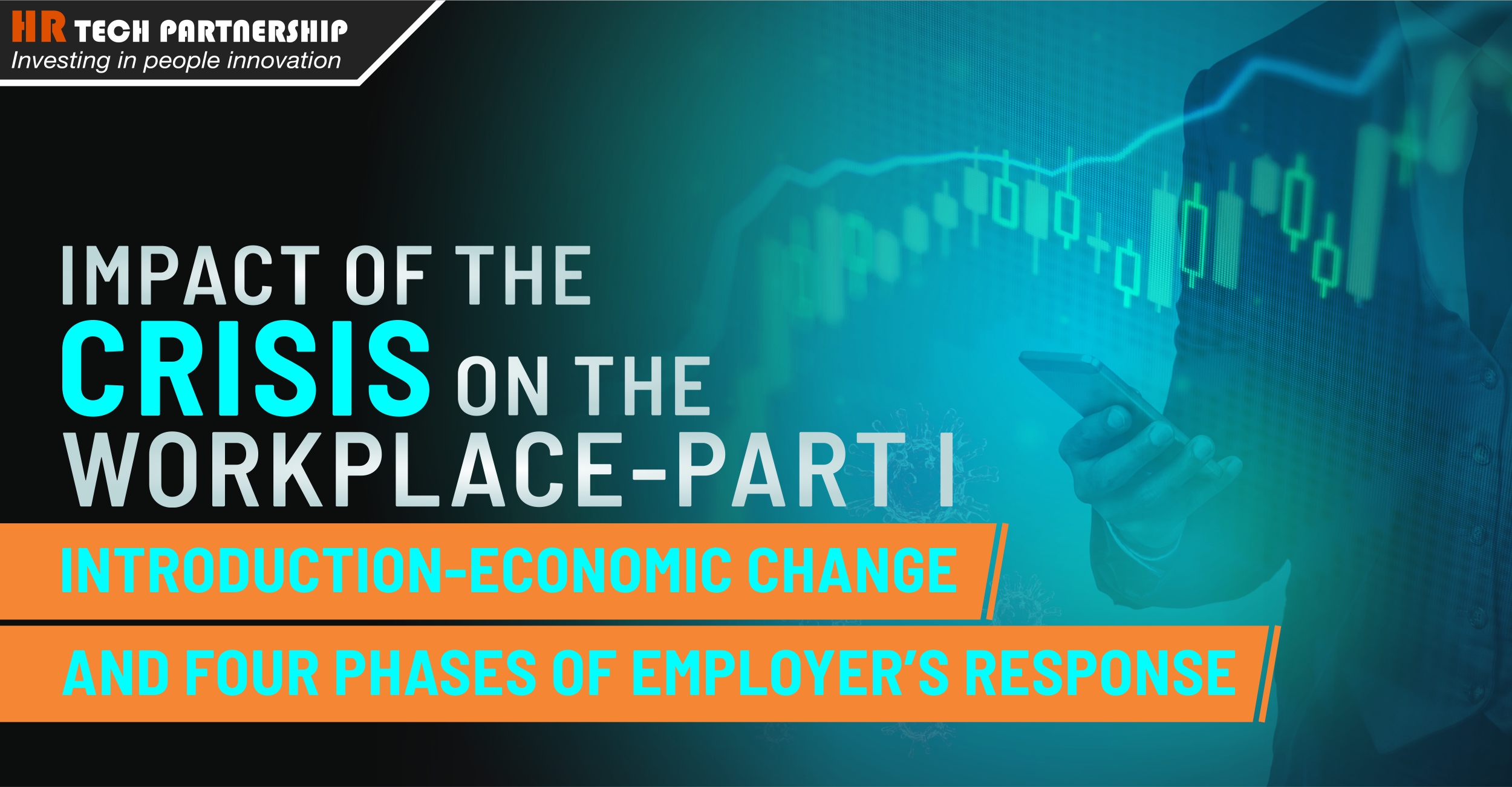As the country was locked down in early March this year, there was one sentiment which was commonly felt. For many small businesses which were forced to close indefinitely, or for industry in general, the financial impact of the coronavirus was as important as the prospect of catching the virus itself. This general anxiety was a foretaste of the enormous economic effects that the pandemic would have.
With the International Monetary Fund revising its April forecast to predict that GDP everywhere is to shrink by 4.9%, the world is now mobilising itself. Governments worldwide have already allocated $13 trillion to this campaign to stabilise economies in freefall. Despite this downturn, there are some reasons to be positive: optimism among corporate executives seems to have increased, and according to a recent survey by the Financial Times, B2B buyers – particularly in Asia and Europe – are holding their nerve.What, therefore, is contributing to this mixed confidence?
Recent events have provided greater opportunities for the pharmaceutical and healthcare industries and for corporations working to provide cleaning supplies. Similarly, logistics and online sales have boomed. In contrast, other industries are still struggling– real estate, fashion, hospitality, and insurance companies have felt the brunt of the lockdown. Some industries, which were already in decline before the advent of the coronavirus, will require transformative, structural change to recover – the prime example being the air travel, car, and the manufacturing industry.
Organisations and individuals have adapted to this upheaval in four key phases:
A) Logistical and operational changes – The sudden enforcement of remote working had employers scrambling to organise IT equipment and advice/support to their workforce, many of whom had never worked for a single day from home. Many operations were forced to go online, altering supplying chains and adjusting to a new way of working. Individuals had to cope with their work life being interwoven with their home life and challenges of childcare.
B) Acceptance and adjustment – As employees settled into these new ways of working zoom meetings and virtual communication began to be accepted quite quickly. However, employers had to be cognizant of the strain on employees mental health and stepped in to support them. Flexible working hours, virtual exercise and social gatherings, and constant feedback were a part of this second phase.
C) Return to Work – For the third and final phase of adjustment, companies have shifted from a strategy of ‘resilience’ to one of ‘return’. Integral to the process of returning to business is safety. Workplaces have been adapted to ensure social distancing and safe commuting is being encouraged – for example, several banks are reimbursing employees for their taxi fares to work.
D) Planning –Almost all organisations have adapted to the new normal and accepted a permanent shift to a ‘distributed workforce’. Against a background of achieving cost reduction, providing virtual people management to a remote workforce, and ensuring employee engagement is maintained, they are looking at creative and innovative ways of people management.
The London based HR TECH Partnership runs a Human Capital Digital Innovation Hub to facilitate learning and adoption by corporates of agile start-ups around Talent and Workplace productivity. It also has a People Tech investment venture which funds early stage start-ups incorporating AI and leading edge technology. The team and most of its stakeholders have senior corporate experience and a good understanding of large organisations.

